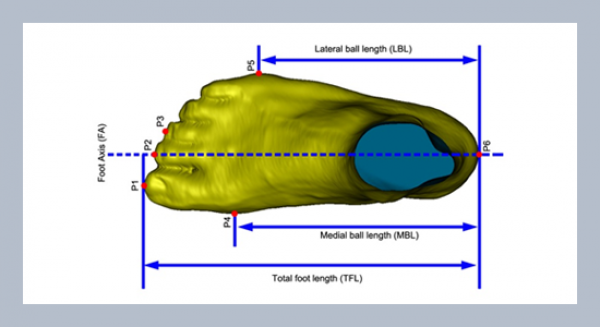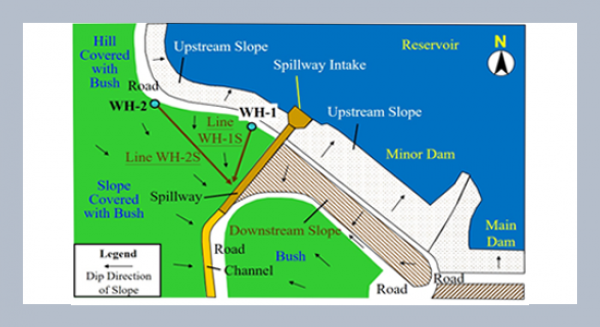Po-Yueh Chen* and Hung-Ju Lin Department of Computer Science and Information Engineering, National Changhua University of Education, No. 2 Shi-Da Road, Changhua City 500, Taiwan, R.O.C.
Download Citation:
|
Download PDF
In this paper we propose a new steganography technique which embeds the secretIn this paper we propose a new steganography technique which embeds the secretmessages in frequency domain. According to different users’ demands on the embedding capacityand image quality, the proposed algorithm is divided into two modes and 5 cases. Unlike thespace domain approaches, secret messages are embedded in the high frequency coefficients resultedfrom Discrete Wavelet Transform. Coefficients in the low frequency sub-band are preservedunaltered to improve the image quality. Some basic mathematical operations are performedon the secret messages before embedding. These operations and a well-designed mappingTable keep the messages away from stealing, destroying from unintended users on the internetand hence provide satisfactory security.ABSTRACT
Keywords:
Discrete Wavelet Transform; Security; Steganography.
Share this article with your colleagues
[1] Chang, C. C. and Chuang, L. Z. 2004. Image Steganography., Communicationof the Chinese Cryptology and InformationSecurity Association (CCISA), 10, 1:108-122.REFERENCES
[2] Chang, C. C. and Chuang, L. Z. 2004.Introduction to the Visual Cryptography,Communication of the Chinese Cryptologyand Information Security Association(CCISA),10, 2: 1-14.
[3] Bender, W., Gruhl, D., Morimoto, N.,and Lu, A. 1996. Techniques for datahiding. IBM Systems Journal, 35, 3 and 4:313-336.
[4] Johnson, N. F. and Jajodia, S. 1998.Steganography: Seeing the Unseen.IEEE Computer, February: 26-34.
[5] Lou, D. C. and Liu, J. L. 2002. SteganographyMethod for Secure Communications.Elsevier Science on Computers& Security, 21, 5: 449-460.
[6] Petitcolas, F. A. P. Anderson, R. J., andKuhn, M. G. 1999. Information Hiding –A Survey, Proceeding of IEEE, 87, 7:1062-1078.
[7] Chang, C. C., Chen, T. S., and Hwang, K.F. 2000. Electronic Image Techniques.Taipei: Unalis.
[8] Lu, Z. M., Wu, H. T., Xu, D. G., and Sun,S. H. 2003. A Multipurpose Image WatermarkingMethod for Copryight Notificationand Protection. IEICE Transfusion.Information & Systems, E86-D, 9:September: 1931-1933.
[9] Shih F. Y. and Wu Y.T. 2003. Combinationalimage watermarking in the spatialand frequency domains. Pattern Recognition,36: 969-975.
[10] Hsu, C. T. and Wu, J. L. 1999. Hiddendigital watermarks in images. IEEETransactions on Images Processing, 8:58-68.
[11] Chan, C. K. and Cheng, L. M. 2003.Hiding data in image by simple LSBsubstitution. Pattern Recognition, 37:469-474.
[12] Chang, C. C. and Tseng, H. W. 2004. ASteganographic method for digital imagesusing side match. Pattern RecognitionLetters, 25: 1431-1437.
[13] Chen, T. S., Chang, C. C., and Hwang,M. S. 1998. A virtual image cryptosystembased upon vector quantization.IEEE Transactions on Image Processing,7, 10: 1485-1488.
[14] Chung, K. L., Shen, C. H. and Chang, L.C. 2001. A novel SVD- and VQ-basedimage hiding scheme. Pattern RecognitionLetters, 22: 1051-1058.
[15] Iwata, M., Miyake, K., and Shiozaki, A.2004. Digital Steganography UtilizingFeatures of JPEG Images, IEICE TransfusionFundamentals, E87-A, 4:929-936.
[16] van Schyndel, R. G., Tirkel, A. Z., andOsborne, C. F. 1994. A digital watermark.IEEE International. Conf. ImageProcessing, 2: 86-90.
[17] Chen, T. S., Chang, C. C., and Hwang, K.F., 2002. Digital Image Processing,Taipei: Flag.
[18] Chen, P. Y. and Liao, E. C. 2002. A NewAlgorithm for Haar Wavelet Transform.IEEE International Symposium on IntelligentSignal Processing and CommunicationSystem: 453-457.
ARTICLE INFORMATION
Accepted:
2006-12-10
Available Online:
2006-12-01
Chen, P.-Y., Lin, H.-J. 2006. A DWT based approach for image steganography. International Journal of Applied Science and Engineering, 4, 275–290. https://doi.org/10.6703/IJASE.2006.4(3).275
Cite this article:















